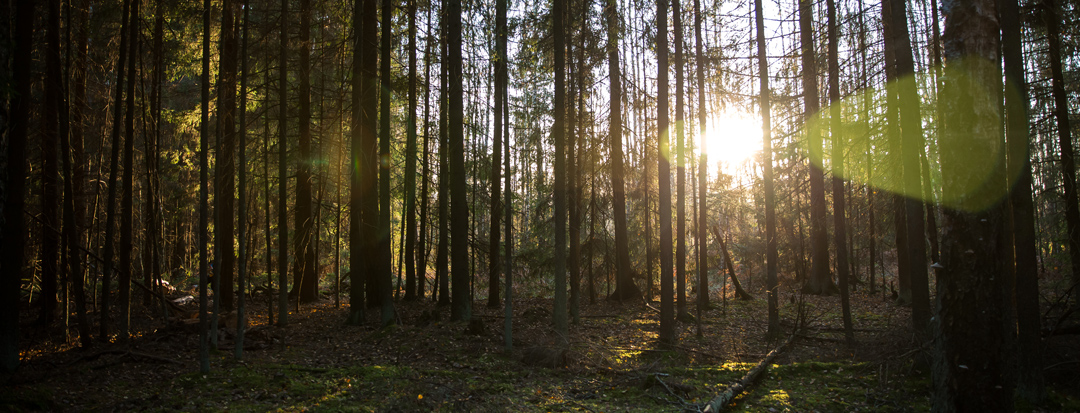
Сontact us and we will answer your questions
Hunt and rest in Belarus. Get trophies in the Europe's wildest forests
Forests, swamps, lakes and rivers occupy almost half of the Belarus territory. Wildlife is next to humans, and the diversity of animals and plants is surprising. 50 species of animals and birds can be hunted
Wolves, foxes.
Deer, elk, roe deer, mouflon, bison from the reserve gene pool.
Trophy ungulates
Hares&rabbits, beavers, minks, muskrats.
Furry animals
Cormorants, geese, ducks, herons and others.
Waterfowl
Black grouse, capercaillie, pheasants.
Birds
Predators
During your trip to Belarus, you can not only hunt, but also learn the history of the country, get acquainted with Slavic culture, see ancient settlements, military museums and unique natural complexes.
Mir Castle
(100 km)
(100 km)
One of the most important tourist attractions in Belarus, an outstanding 16th-century fortification, ancient ramparts, a pond and the chapel-tomb of Svyatopolk-Mirsky. A UNESCO World Heritage site.
Nesvizh Castle (100 km)
The historical value of one of the oldest Castles in Europe, beautiful palace and the adjoining parks and authentic atmosphere of the Middle Ages makes Museum-Reserve "Nesvizh" a unique place to visit. The palace and castle ensemble, founded in the 16th century, was a former residence of the Radziwill clan. The place is popular among tourists, and many secrets and legends are associated with it.
Stalin Line (90 km)
Military-historical open-air museum, which presents one of the largest fortification areas in Belarus. The complex occupies 30 hectares. Here you can see all kinds of trenches, anti-tank ditches, positions for rifle squads, dugouts, as well as an exposition of military equipment, artillery, tanks, aircraft, and small arms used during the WWII.
Brest Fortress (360 km)
The legendary fortress, which was one of the first to be attacked during World War II and held the defense for a month. And although everyone remembers mainly this tragic event, the history of the fortress is much longer.
Olmansky swamps (300 km)
The largest complex of upland, transitional and lowland bogs in Europe, preserved in its natural state. Paradise for biologists. 687 species of plants, 151 species of birds and 26 species of mammals are living here. Many of them are endangered. A part of National Park Pripyatsky.
Belovezhskaya Pushcha (370 km)
The largest and oldest forest in Europe. The age of trees reaches 120–200 years, and some 350–500 years. The world's largest bison population lives here. And in general, in terms of the number of plant and animal species, the forest has no equal in Europe. National Geographic named Belovezhskaya Pushcha as one of the last really wild sites in Europe.
Strochitsy Museum of Folk Architecture and Rural Life (60 km)
Belarusian skansen, which shows the traditional life of peasants from the late XIX - early XX centuries. Here you can see houses, barns, mills, churches and other buildings, get acquainted with the rural life, culture and traditions of the three regions of the country.
Visa-free entry up to 30 days
Foreign guests can stay in Belarus for 30 days without a visa, provided that they arrived in the country through the Minsk National Airport and through it will come back. This rule applies to citizens of 80 countries. An important nuance: the flight should not arrive from Russia or depart to the Russian airport on the way back, since there are no border controls in this direction.
More information on visa-free entry rules can be found on the website of the Belarusian Foreign Ministry.
More information on visa-free entry rules can be found on the website of the Belarusian Foreign Ministry.
Contact us
+375 (29) 661-36-11
info@wild-hunting.com
"Shatskoe Ohotnichie Hoziayastvo", LLC.
220 123, Minsk, 46/2a Bogdanovicha st.
info@wild-hunting.com
"Shatskoe Ohotnichie Hoziayastvo", LLC.
220 123, Minsk, 46/2a Bogdanovicha st.
